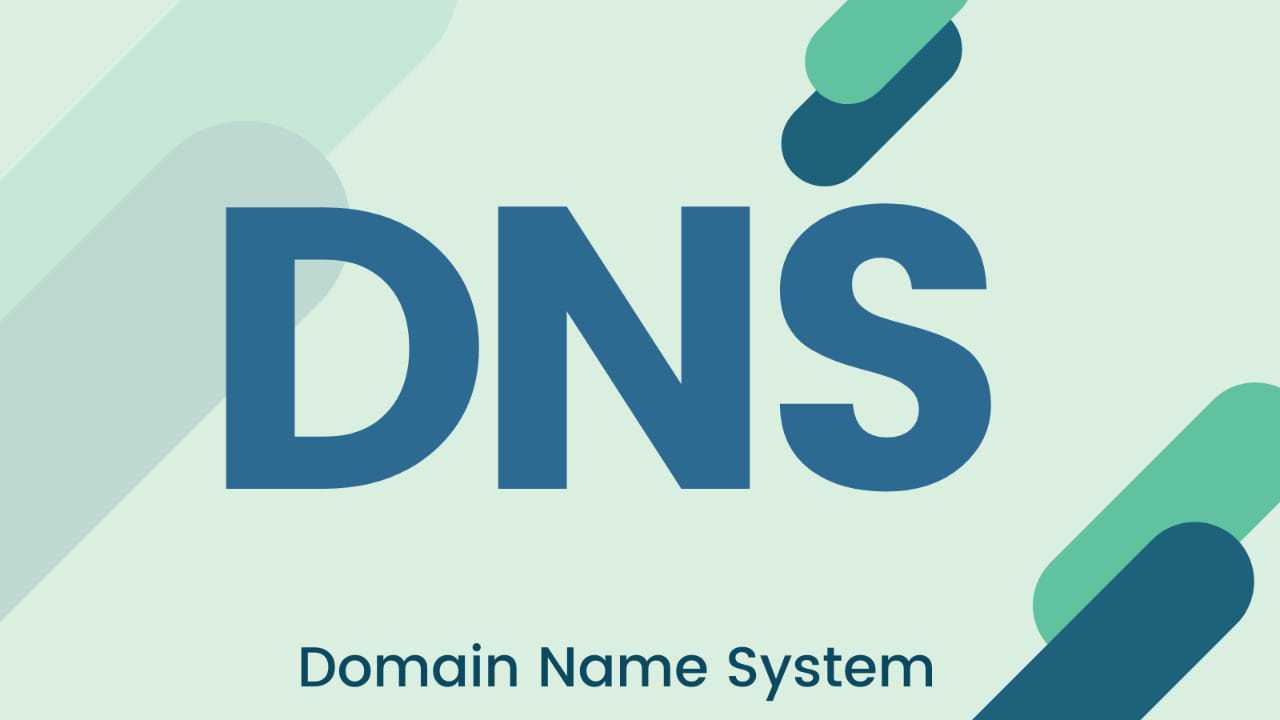DNS is like a library on the internet. If you know a book’s name but don’t know its library code,you can simply look it up in a library with the help of librarian. DNS provides this same service to the internet. It creates aunique Identity over the internet.
All computers on the Internet, from your smart phone or laptop to the servers find and communicate with one another by using numbers. These numbers are known as IP addresses. When you open a web browser and go to a website, you don’t have to remember and enter a long number. Instead, you can enter a domain name like neurobyte.in and still end up in the right place.
In general, Domain Name represents resources over the internet. Furthermore, it can be used to show the organisation’s ownership and control over those resources.
Domain Name System uses several servers to provide its services. These servers fall into one off our categories :
- Recursive resolvers
- Root name servers
- TLD name servers
- Authoritative nameservers
Generally, in a typical DNS lookup, these four DNS servers work together in harmony to complete the task of delivering the IP address for a specified domain to the end user.
Let us see now how this works:
You as a user opens a web browser, enters www.neurobyte.in in the address bar, and presses Enter. Consider web browser as librarian.
- The request for www.neurobyte.in is routed to a DNS resolver, which is typically managed by the user’s Internet service provider (ISP), such as a cable Internet provider, a DSL broadband provider, or a corporate network.
– The resolver can be thought of as a librarian who is asked to find a particular book some where in a library
- The DNS resolver for the ISP forwards the request for www.neurobyte.in to a DNS root name server. It is the first step in translating (resolving) human readable host names into IP addresses.
– It can be thought of like an index in a library that points to different racks of books–which typically serves as a reference to other more specific locations.
- The request for www.neurobyte.in again goes to one of the Top Level Domain name servers for .in domains. This name server is the next step in the search for a specific IP address, and it hosts the last portion of a host name. In neurobyte.in, the TLD server is “in”
– TLD can be thought of as a specific rack of books in a library.
- The authoritative name server is the last stop in this query. If the authoritative name server has access to the requested record, it will return the IP address for the requested host name back to the DNS resolver (the librarian) that made the initial request.
– It can be thought of as a dictionary on a rack of books, in which a specific name can be translated into its definition.
- The DNS resolver then responds to the web browser with the IP address of the domain requested initially.
– Finally, the assistant librarian informs the librarian about rack number & book code for the book name which he asked him to look for
- The browser makes a HTTP request to the IP address.
– The librarian fetches that book from informed rack number.
- The server at that IP returns the web page to be rendered in the browser.
– And finally hands over the book to you.

